Introduction

Cats and birds have a complex relationship, often characterized by the predator-prey dynamic. While cats are natural hunters with an instinct to chase and capture small animals, birds are known for their ability to fly away from potential predators. However, in today's world where domestic cats and urban bird populations coexist, it is essential to strive for harmony between these two species.
Understanding the importance of creating harmony between cats and birds is crucial for the well-being of both animals. Minimizing cat predation on birds can help preserve bird populations and prevent the loss of valuable ecosystems. Simultaneously, providing a bird-friendly environment can create safe spaces for birds to thrive while reducing the risk of predation by cats.
By implementing strategies such as keeping cats indoors or providing alternative prey options, it is possible to minimize the impact of cat hunting on bird populations. Additionally, training and behavior modification techniques can be utilized to teach cats to avoid chasing and hunting birds altogether.
Ultimately, finding harmony between cats and birds requires a concerted effort to promote coexistence along with conservation efforts that support the well-being of both species.
The predator-prey relationship between cats and birds

The predator-prey relationship between cats and birds is a natural dynamic that has existed for centuries. Cats, being instinctual hunters, have an innate drive to chase and capture small animals like birds. On the other hand, birds have evolved mechanisms to detect and evade potential predators, including cats.
Cats rely on their stealth, agility, and sharp claws to catch their prey, while birds have the advantage of flight to escape danger. However, domestic cats living in urban areas may pose a significant threat to bird populations. The close proximity between cats and birds can disrupt this dynamic balance.
While cats are simply following their natural instincts when hunting birds, it is important to minimize predation for the sake of bird conservation. Creating harmony between cats and birds involves implementing strategies such as keeping cats indoors or providing alternative prey options.
By understanding this predator-prey relationship and taking steps towards coexistence, we can strive for harmony between these two species while also preserving bird populations and maintaining essential ecosystems.
Understanding the importance of creating harmony between them
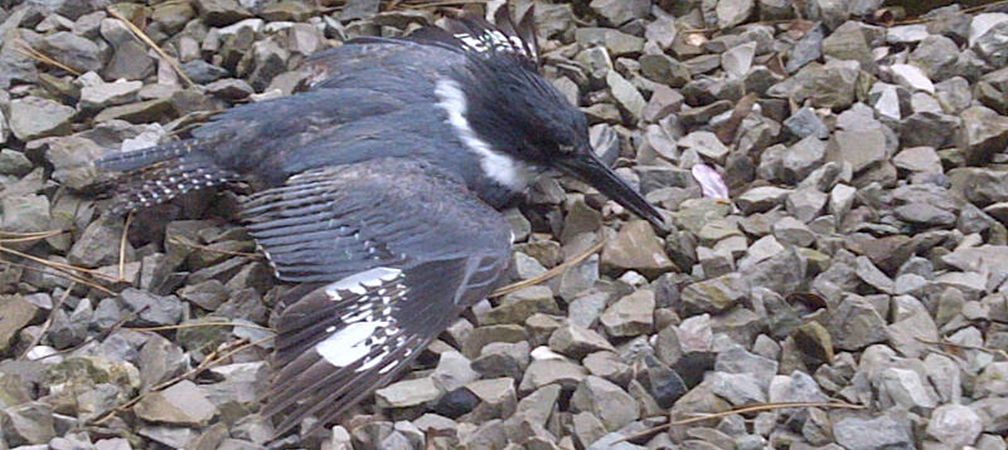
Creating harmony between cats and birds is of vital importance for the well-being of both species and the conservation of bird populations. While it is natural for cats to exhibit their hunting instincts, their predation on birds, especially in urban areas, can have significant negative consequences. Birds play a crucial role in ecosystems by controlling populations of insects and small rodents and aiding in pollination and seed dispersal. If bird populations decline due to predation by cats, these ecological processes can become imbalanced.
Promoting coexistence between cats and birds not only benefits the survival of bird species but also protects the overall biodiversity and ecological health of the environment. By implementing strategies like keeping cats indoors or providing alternative prey options, we can minimize predation on birds while still allowing cats to satisfy their hunting instincts in a more controlled manner. Furthermore, creating bird-friendly environments through landscaping and installing bird feeders and houses can help attract birds away from potential cat predators.
Maintaining a balance between cats and birds is essential for preserving our natural ecosystems and ensuring the long-term survival of both species.
The Hunting Instincts of Cats and Birds

Cats and birds have distinct hunting instincts that are shaped by their evolutionary history. Cats, as natural predators, possess a strong prey drive and acute senses, including sharp vision and keen hearing. This enables them to detect movement and stalk their prey with precision. Their agile bodies and sharp claws make them skilled hunters, capable of capturing birds swiftly.
On the other hand, birds have evolved various strategies to evade predators. They rely on vigilance and quick flight to escape from potential threats. Some species group together for added protection, while others employ camouflage or mimicry to confuse predators. Additionally, birds may exhibit mobbing behavior, where they unite and vocalize loudly to deter predators like cats.
Understanding the hunting instincts of both cats and birds is crucial in creating a harmonious coexistence between the two species. By recognizing these innate behaviors, we can implement strategies to minimize predation on bird populations while still allowing cats to express their natural hunting instincts in a controlled manner.
Exploring the natural hunting instincts of cats
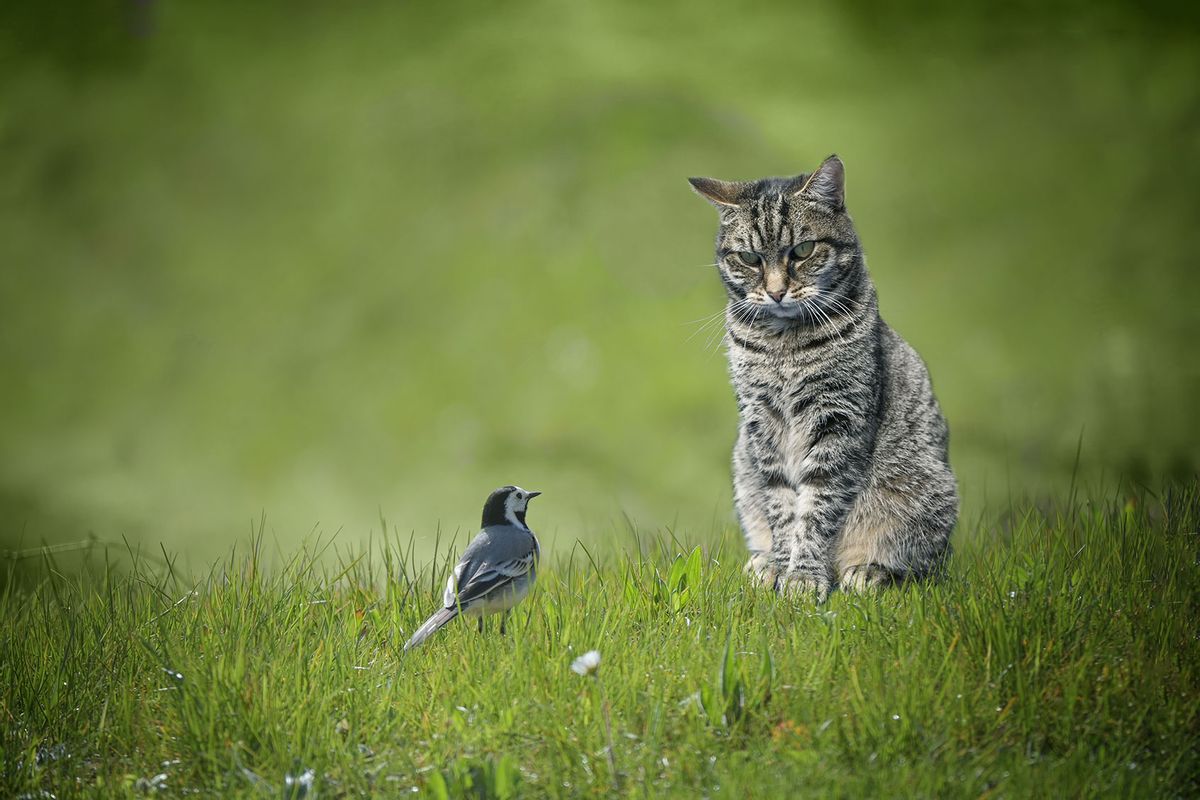
Cats possess innate hunting instincts that have been honed through thousands of years of evolution. These instincts are deeply rooted in their predatory nature and are vital for their survival. Cats have keen senses, including exceptional vision and acute hearing, enabling them to detect even the slightest movement. They are expert stalkers, using their stealth and agility to silently approach their prey. Their sharp claws and teeth allow for swift and precise capturing.
Cats' hunting behavior is instinctual and cannot be completely suppressed. It is important to understand that these behaviors are a natural part of a cat's biology. However, it is possible to manage these instincts in a controlled manner to minimize predation on bird populations while still allowing cats to express their natural drives.
By providing appropriate outlets for their predatory behavior, such as interactive toys or puzzle feeders, cats can fulfill their hunting instincts without posing a threat to birds. Additionally, regular playtime with owners can help redirect their predatory energy towards more suitable targets. Understanding and respecting the natural hunting instincts of cats is essential in creating harmony between them and birds in our shared environment.
Understanding the behavior of birds in the face of predators

Birds have evolved various strategies to defend themselves against predators, including cats. When faced with a potential threat, birds exhibit a range of behaviors to ensure their survival. One common response is alarm calling, where birds emit loud vocalizations to alert others in the area of danger. This warning allows nearby birds to take evasive action and seek cover.
In addition to vocal warnings, birds may employ physical defensive tactics. They may swoop or dive-bomb at predators, distracting and intimidating them. Some bird species even engage in mobbing behavior, gathering as a group to harass and chase away the intruder.
Birds are also adept at selecting safe spaces for nesting and roosting. They carefully choose locations that offer good visibility and quick escape routes, making it harder for predators like cats to surprise them.
By understanding how birds respond to predators, we can better appreciate the challenges they face and work towards creating environments that minimize these risks. This knowledge is crucial for promoting coexistence between cats and birds while ensuring the well-being of both species.
Minimizing Cat Preying on Birds

Keeping cats indoors is a highly effective way to minimize their impact on bird populations. By confining them to the safety of our homes, we can prevent cats from hunting and preying on birds altogether. This not only protects bird species but also ensures the safety and well-being of our feline companions.
When considering indoor life for cats, it's important to provide them with plenty of mental and physical stimulation, as well as environmental enrichment. This could include interactive toys, scratching posts, and vertical spaces for climbing. Additionally, spending quality playtime with your cat can help fulfill their predatory instincts in a controlled manner.
For those who are unable or choose not to keep their cats exclusively indoors, providing alternative prey options can help reduce their predation on birds. Toys that mimic the movement and behavior of prey animals can engage cats' hunting instincts in a non-harmful way.
By taking proactive measures such as keeping cats indoors or providing appropriate alternatives, we can create a harmonious environment where both cats and birds can thrive.
Keeping cats indoors: Benefits and considerations

Keeping cats indoors is a highly effective way to minimize their impact on bird populations. By confining them to the safety of our homes, we can prevent cats from hunting and preying on birds altogether. This not only protects bird species but also ensures the safety and well-being of our feline companions.
When considering indoor life for cats, it's important to provide them with plenty of mental and physical stimulation, as well as environmental enrichment. This could include interactive toys, scratching posts, and vertical spaces for climbing. Additionally, spending quality playtime with your cat can help fulfill their predatory instincts in a controlled manner.
While keeping cats indoors offers numerous benefits, it's essential to be aware of certain considerations. Indoor cats may require a balanced diet and regular exercise to prevent obesity and associated health issues. It's crucial to ensure that they have access to litter boxes and are provided with opportunities for socialization.
By taking proactive measures such as keeping cats indoors or providing appropriate alternatives, we can create a harmonious environment where both cats and birds can thrive.
Providing alternative prey for cats to reduce bird predation

One effective method to reduce bird predation by cats is by providing them with alternative prey. By offering toys and interactive play sessions that mimic hunting behavior, cats can satisfy their natural instincts without harming bird populations. Toys that resemble small rodents or birds can be used to engage cats in prey-like play, redirecting their predatory behavior away from actual birds.
Additionally, introducing puzzle feeders or hiding food around the house can stimulate a cat's hunting skills and keep them mentally stimulated. This not only provides an outlet for their predatory instincts but also aids in reducing the desire to hunt live birds.
By providing alternative prey options, cat owners can help minimize the impact on bird populations while still fulfilling their feline companion's need for hunting and play. In combination with other strategies, such as keeping cats indoors and creating bird-friendly environments, this approach contributes to the creation of harmony between cats and birds.
Creating a Bird-Friendly Environment
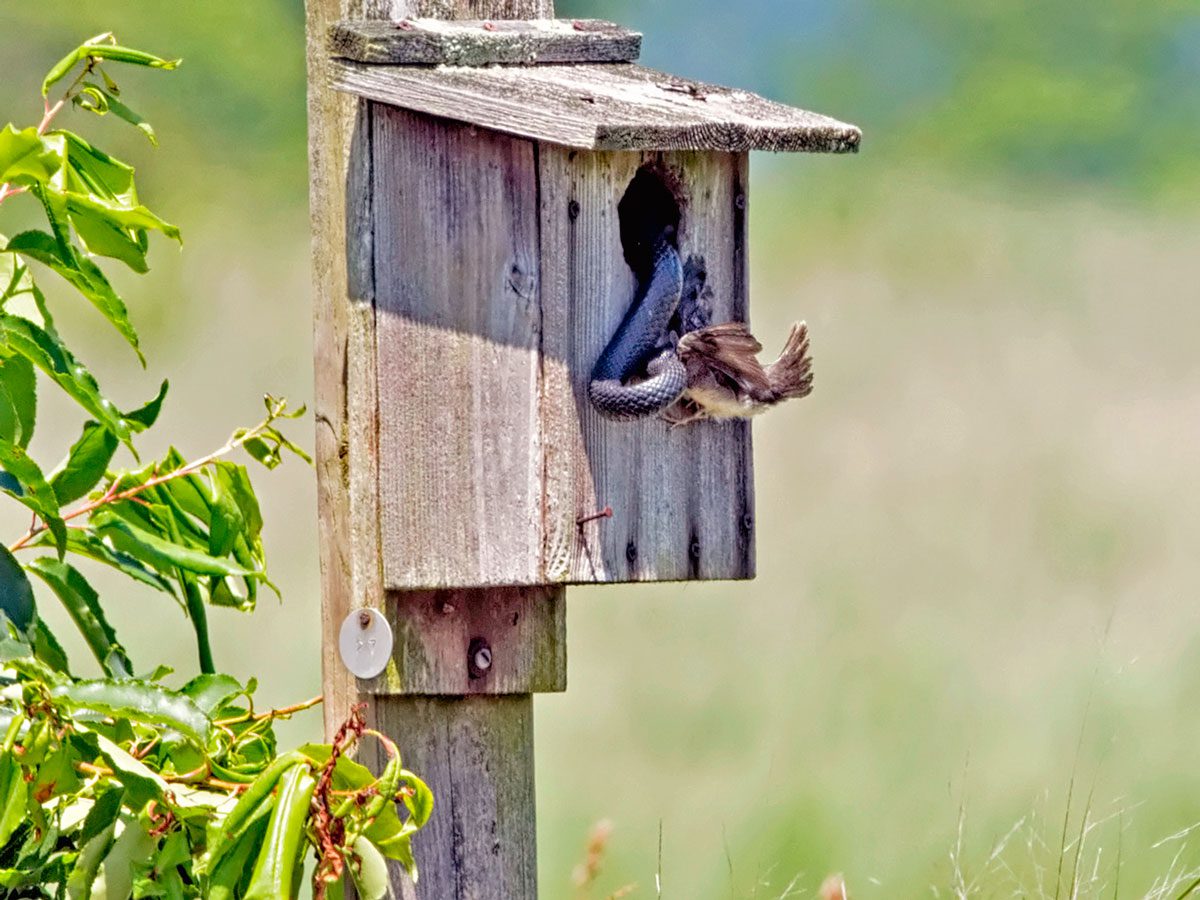
Creating a bird-friendly environment is crucial in minimizing cat predation on birds. Implementing bird-friendly landscaping and design can provide safe spaces for birds to nest and forage while deterring cats from approaching. This can be achieved by incorporating dense shrubs, trees, and vegetation that provide cover and nesting sites for birds.
Installing bird feeders and birdhouses can also attract birds to specific areas, away from potential encounters with cats. Placing bird feeders at an appropriate height, out of reach of cats, helps ensure the safety of visiting birds. Birdhouses should be positioned strategically, offering protection from predators like cats.
Furthermore, it is essential to keep feeding areas clean and free of debris that may attract rodents or other prey species, thus reducing the likelihood of attracting hunting cats.
By creating a bird-friendly environment that caters to the needs of our feathered friends while minimizing opportunities for cat preying, we can help promote harmony between these two species.
Implementing bird-friendly landscaping and design

Implementing bird-friendly landscaping and design is essential in creating a safe environment for birds while minimizing the risks posed by cats. Dense shrubs, trees, and vegetation should be incorporated to provide cover and nesting sites for birds. These features not only offer protection from predators but also create inviting habitats for various species.
Additionally, strategic placement of bird feeders can attract birds away from areas frequented by cats. It is crucial to position these feeders at a height that keeps them out of reach of cats. Birdhouses should also be installed in locations that offer protection from potential predators such as cats.
Furthermore, keeping feeding areas clean and free of debris is important in reducing the attraction of hunting cats. By creating a bird-friendly landscape, we can help ensure that birds have safe spaces to nest, forage, and thrive while minimizing their interaction with cats.
Overall, implementing bird-friendly landscaping and design plays a crucial role in creating harmony between cats and birds, promoting coexistence and conservation efforts for both species.
Installing bird feeders and birdhouses for protection and attraction

To create a bird-friendly environment and protect them from potential predators like cats, installing bird feeders and birdhouses is essential. Bird feeders can be strategically placed in areas away from cat-prone zones, at a height that keeps them out of the reach of cats. This ensures that birds have a safe space to feed without the fear of being hunted.
Birdhouses, on the other hand, provide nesting sites for birds and offer protection from predators. They should be installed in locations that are inaccessible to cats, such as high up in trees or on poles with predator guards. These birdhouses mimic natural nesting cavities and attract different bird species.
By providing these resources, bird feeders and birdhouses not only help attract birds away from areas frequented by cats but also offer protection while they eat or nest. Installing these features in your yard or garden promotes coexistence between cats and birds while providing an enriching habitat for our feathered friends.
Training and Behavior Modification for Cats
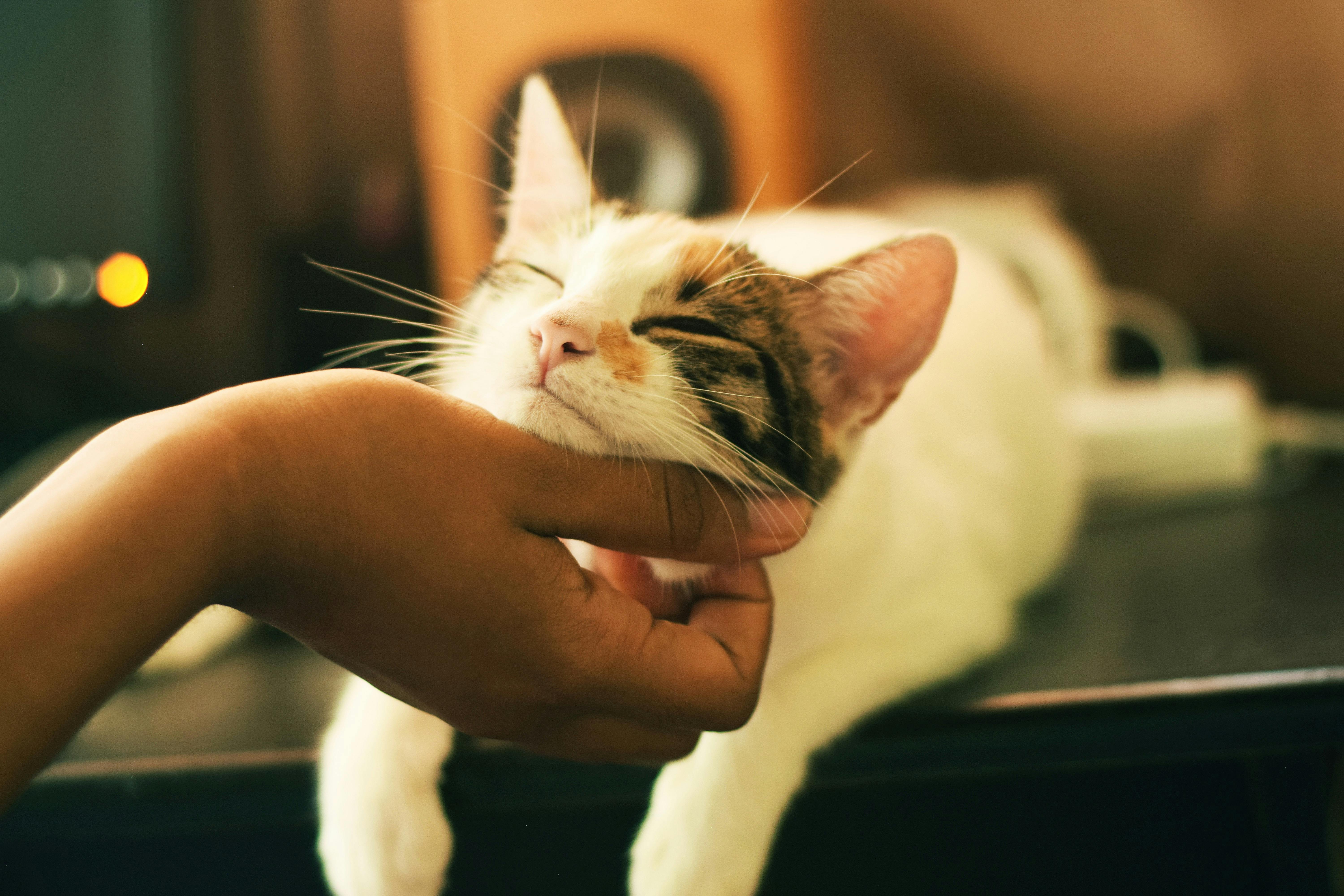
Training and behavior modification can play a crucial role in minimizing cat predation on birds. It is important to train cats to avoid chasing and hunting birds, redirecting their instincts towards more appropriate activities. Using positive reinforcement techniques, such as treats and praise, can be effective in teaching cats to associate birds with rewards rather than prey.
Behavior modification techniques, such as environmental enrichment, can also help reduce predatory behavior. Providing cats with interactive toys and puzzle feeders can keep them mentally stimulated and less likely to focus on hunting birds. Additionally, increasing physical exercise through playtime or outdoor enclosures can help drain their energy and reduce their desire to hunt.
Consistency and patience are key when training and modifying cat behavior. It is important to remember that cats are natural hunters, but with proper training and environmental enrichment, their predatory instincts can be redirected in a way that promotes coexistence with birds. By taking an active role in shaping their behavior, we can create a harmonious environment for both species.
Training cats to avoid chasing and hunting birds
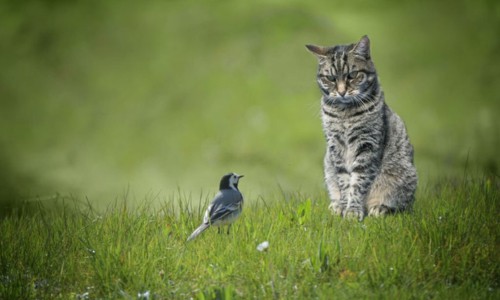
To prevent cats from chasing and hunting birds, training techniques can be employed. One effective method is to use positive reinforcement. By associating birds with rewards, such as treats and praise, cats can learn to view them as positive rather than prey. Consistency is key when implementing this training technique.
Redirecting a cat's attention away from birds is another approach. Engaging them in interactive play sessions with toys or using puzzle feeders can keep their minds occupied and their predatory instincts focused elsewhere. Physical exercise is also crucial for draining their energy and reducing their desire to hunt.
Removal methods can also be utilized, such as noise deterrents or motion-activated devices that startle cats when they approach bird-attracting areas.
It's important to remember that training takes time and patience. With persistent effort and the right techniques, cats can be trained to coexist peacefully with birds, promoting harmony between these two species.
Behavior modification techniques for minimizing predatory behavior
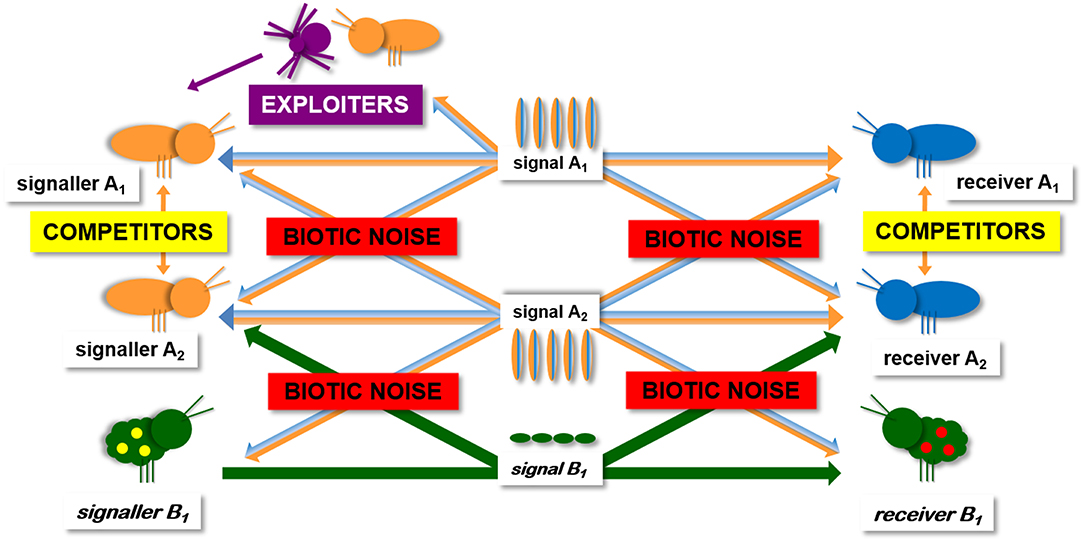
Behavior modification techniques can be effective in minimizing predatory behavior in cats. One approach is to create negative associations with the behavior by using deterrents such as loud noises or unpleasant smells whenever the cat displays predatory behavior towards birds. This can help the cat associate the hunting instincts with negative consequences, discouraging them from engaging in these behaviors.
Positive reinforcement can also be used to redirect a cat's attention away from birds and onto more appropriate activities. By rewarding the cat for engaging in play or other non-predatory behaviors, they are more likely to choose those activities over hunting birds.
Environmental enrichment is another important aspect of behavior modification. Providing cats with plenty of mental and physical stimulation through interactive toys, scratching posts, and puzzle feeders can satisfy their natural instincts and decrease their desire to hunt birds.
Consistency is key when implementing these behavior modification techniques. With time, patience, and positive reinforcement, cats can learn alternative behaviors that promote harmony between cats and birds in our environment.
Conclusion

In conclusion, creating harmony between cats and birds in a predator-prey world is essential for the well-being of both species. By understanding the natural hunting instincts of cats and the behavior of birds, we can implement effective strategies to minimize cat predation on birds.
Keeping cats indoors offers numerous benefits and helps protect bird populations. Providing alternative prey for cats, such as interactive toys or puzzle feeders, can divert their attention away from hunting birds. Implementing bird-friendly landscaping and installing bird feeders and birdhouses can create a safe haven for birds while attracting them away from areas frequented by cats.
Training cats to avoid chasing and hunting birds and using behavior modification techniques, such as negative associations and positive reinforcement, can further deter predatory behavior.
By striving for coexistence and promoting conservation efforts, we can ensure a harmonious relationship between cats and birds while safeguarding the delicate balance of ecosystems. Together, we can create an environment where both species thrive.
Striving for coexistence: Finding harmony between cats and birds

In the pursuit of coexistence, finding harmony between cats and birds is crucial. By acknowledging the unique roles both species play in the ecosystem, we can work towards a balance that benefits them both.
Promoting conservation efforts is essential for preserving bird populations and protecting their habitats. This includes creating protected areas and implementing measures to reduce human impact on bird habitats.
Education also plays a significant role in fostering coexistence. Raising awareness about the importance of birds and their ecological significance can help individuals understand the need to minimize cat predation.
Collaborative efforts are key to achieving harmony between cats and birds. Encouraging partnerships between cat owners, bird enthusiasts, and wildlife organizations can lead to the development of effective strategies and initiatives.
Ultimately, by striving for coexistence and promoting conservation practices, we can create an environment where cats and birds thrive together, ensuring a healthy ecosystem for future generations to enjoy.
Promoting conservation efforts for the well-being of both species

To ensure the well-being of both cats and birds, promoting conservation efforts is paramount. By focusing on habitat preservation and raising awareness about the importance of biodiversity, we can work towards creating a harmonious environment for both species.
Conservation efforts should include the establishment and protection of bird habitats, such as protected areas and conservation zones. These areas provide crucial nesting sites and foraging grounds for birds, reducing their vulnerability to predation by cats. Additionally, implementing measures to reduce human impact on these habitats, such as avoiding the use of pesticides and supporting sustainable land management practices, can help maintain healthy populations of both cats and birds.
Education plays a vital role in promoting conservation efforts. Educating cat owners about the impact of feral or unsupervised cats on bird populations can lead to changes in behavior, such as keeping cats indoors or using outdoor enclosures like "catios" that allow for safe outdoor experiences. Bird enthusiasts can also play a part by advocating for responsible pet ownership and supporting initiatives that protect bird habitats.
By working together to promote conservation measures, we can create an environment where both cats and birds thrive, preserving biodiversity and ensuring a healthy ecosystem for future generations.




0 Comments